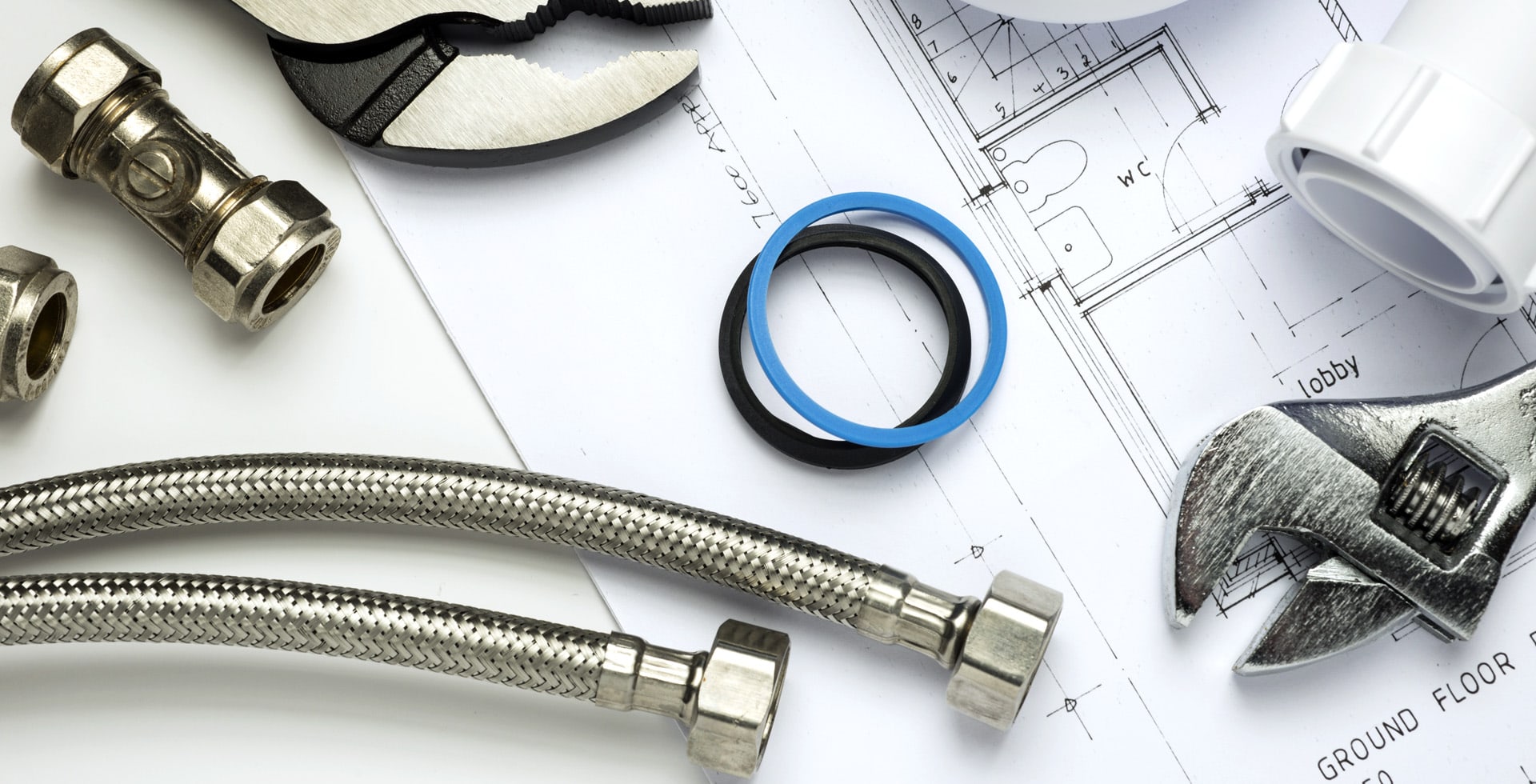“`html
The Role of Hardscaping in Your Outdoor Design
When designing your outdoor space, many people often think primarily about planting flowers, shrubs, and trees. However, hardscaping plays an equally important role in creating a functional and aesthetically pleasing environment. Hardscaping refers to the non-plant elements of landscaping, such as patios, walkways, walls, and water features. This blog post will discuss the essential role hardscaping plays in enhancing your outdoor design.
What is Hardscaping?
Hardscaping involves the design and construction of hard elements in landscaping. These elements are typically made from materials like stone, brick, concrete, or wood. Hardscaping can help define spaces, create visual interest, and provide functionality to your outdoor area.
The Benefits of Hardscaping
Integrating hardscaping into your outdoor design offers numerous benefits. Here are some key advantages:
- Increased Usability: Hardscape features, such as patios and walkways, make outdoor areas more functional and enjoyable.
- Low Maintenance: Hardscape elements typically require less upkeep compared to traditional landscaping, which often involves constant mowing, watering, and pruning.
- Year-Round Appeal: While plants may lose their charm during the winter months, well-designed hardscaping provides visual interest and usability all year round.
- Enhanced Property Value: Quality hardscaping can significantly increase your home’s curb appeal and overall value.
Creating Defined Spaces
One of the primary functions of hardscaping is to create defined spaces within your outdoor area. Whether you want a cozy seating area, a dining space, or a fire pit zone, hardscape features can help delineate these different areas. By integrating elements such as:
- Patios
- Walkways
- Retaining Walls
- Fencing
you can guide movement through your outdoor space and create distinct zones for various activities.
Enhancing Aesthetics
Visually, hardscaping can complement your landscape design and enhance the overall aesthetic of your property. Consider the following options:
- Natural Stone: Incorporating natural stone in pathways or walls adds texture and enhances visual appeal.
- Decorative Brickwork: Brick patios or walkways can create a traditional or classic look and can be styled in various patterns.
- Water Features: Hardscaping elements such as fountains or ponds introduce movement and tranquility to your outdoor space.
By thoughtfully selecting materials and designs, hardscaping can contribute to a cohesive look that complements your landscaping.
Functionality and Durability
Hardscaping provides durability and functionality that can withstand the elements. Unlike plant materials, hardscape features are less susceptible to damage and require minimal upkeep. Some functional aspects include:
- Durable Surfaces: Hardscape surfaces such as concrete and stone are long-lasting and can endure heavy foot traffic.
- Effective Drainage: Proper hardscape design can facilitate drainage and prevent water pooling, which is crucial in preventing erosion or damage to your landscaping.
- Outdoor Comfort: Incorporating features such as patios and seating areas increases comfort and usability for outdoor gatherings.
Integrating Hardscaping with Softscaping
While hardscaping is crucial, it’s important to find a balance between hardscape and softscape elements (the living parts of your landscape). Integrating both can create a harmonious outdoor design. Here are some tips:
- Use plants to soften and complement hardscape edges.
- Strategically place trees or shrubs to provide shade and contrast against hard surfaces.
- Incorporate planters within hardscape areas to bring greenery and life to your design.
Design Considerations When Planning Hardscaping
Before diving into hardscaping, consider a few essential elements:
- Purpose: Determine how you will use your outdoor space. Will it be for entertaining, relaxing, or gardening?
- Style: Choose materials and designs that align with your home’s architecture and style.
- Budget: Set a budget for your hardscaping project to keep costs manageable and ensure you select appropriate materials.
- Climate: Consider your local climate when choosing materials; some materials may not perform well in extreme conditions.
Conclusion
Hardscaping is an essential component of outdoor design that adds character, functionality, and durability to your landscape. By integrating various hardscape elements, you can create distinct spaces, enhance aesthetics, and improve the usability of your outdoor area. Ultimately, the balance between hardscaping and softscaping will lead to a harmonious and inviting outdoor environment that you and your guests can enjoy for years to come.
“`

